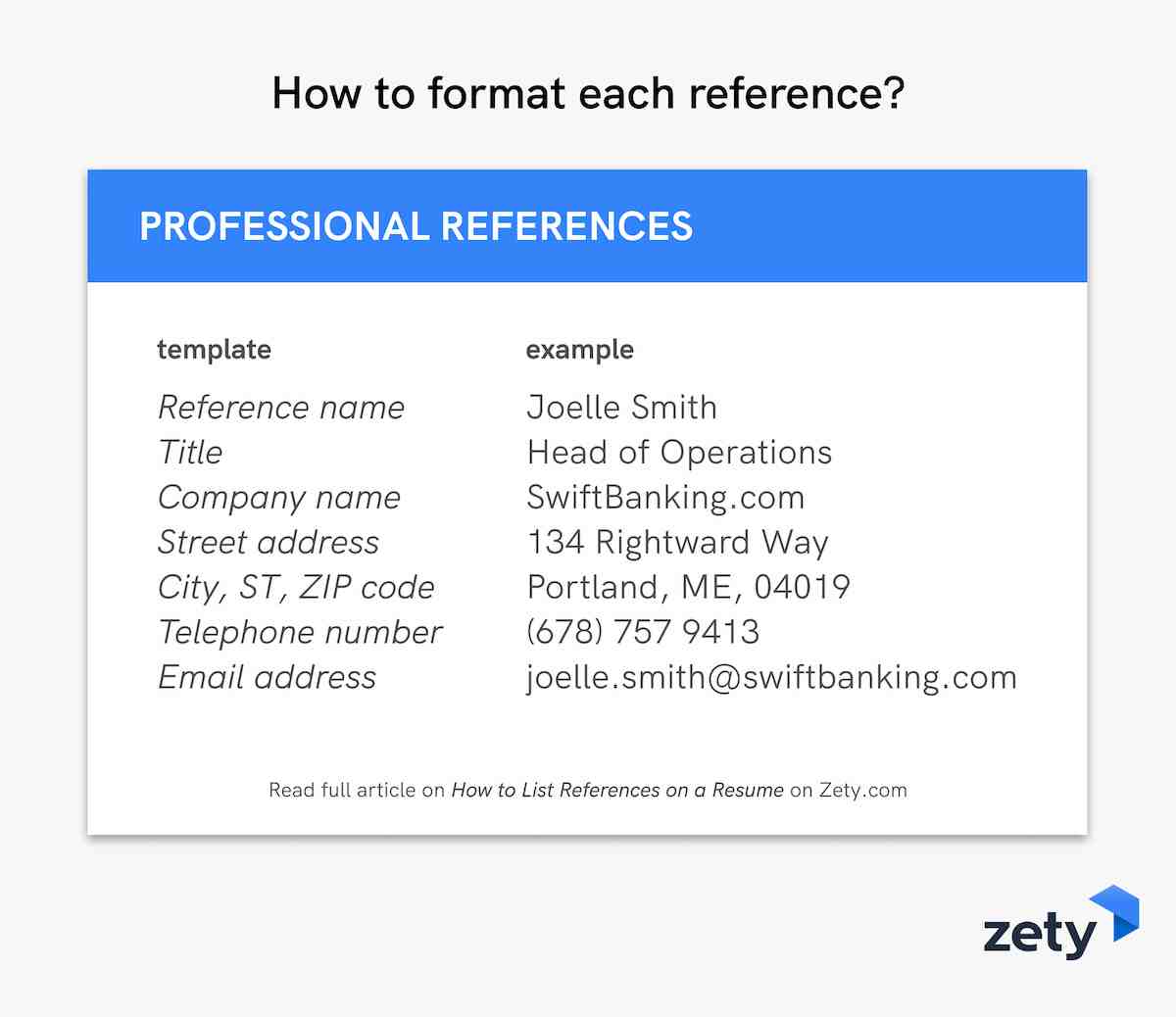K Means Clustering In R
The first thing that we need to code the K-means algorithm from scratch in R is to create our dataset. This means that R will try 25 different random starting assignments and then select the best results.
Using K Means Clustering With Tensorflow Distributed Computing Learning Methods Deep Learning
It chooses K centroids randomly.

K means clustering in r. K in K-means clustering refers to the number of clusters the algorithm will generate in the data. Now that the k-means clustering has been detailed in R see how to do the algorithm by hand in the following sections. K-Means Clustering in R.
A more detailed explanation would be. This algorithm helps identify k possible groups clusters from n elements based on the distance between the elements. Learn all about clustering and more specifically k-means in this R Tutorial where youll focus on a case study with Uber data.
K -means clustering is one of the most popular unsupervised learning methods in machine learning. K clusters where k represents the number of groups pre-specified by the analyst. Clustering is a technique in machine learning that attempts to find clusters of observations within a dataset.
We can compute k-means in R with the kmeans function. K Means Clustering in R Programming is an Unsupervised Non-linear algorithm that cluster data based on similarity or similar groups. Manual application and verification in R.
Clustering is an unsupervised learning technique. Conceptually the K-means behaves as follows. K Means is a clustering algorithm that repeatedly assigns a group amongst k groups present to a data point.
At the minimum all cluster centres are at the mean of their Voronoi sets the set of data points which are nearest to the cluster centre. The k-means clustering executes a roughly equivalent job. You can use kmeans function to compute the clusters in R.
The basic function of k mean is. For example adding nstart 25 will generate 25 initial configurations. The goal is to find clusters such that the observations within each cluster are quite similar to each other while observations in different clusters are quite different from each other.
It attempts to categorize data into clusters based on similarities and hidden patterns. The algorithm finds out the distance among each element in your data then find the number. Last Updated.
In figure three you detailed how the algorithm works. The data given by x are clustered by the k-means method which aims to partition the points into k groups such that the sum of squares from points to the assigned cluster centres is minimized. Number of clusters Train the model.
The kmeans function also has an nstart option that attempts multiple initial configurations and reports on the best one. K-means clustering example in R. Perform by hand the k-means algorithm for the points shown in the graph below with k 2 and with the points i.
K-means is not good when it comes to cluster data with varying sizes and density. K-Means Clustering in R. Here we are creating 3 clusters on the wine dataset.
The K-means algorithm accepts two parameters as input. Compute k-means with k 3 setseed 123 reskm. It seeks to partition the observations into a pre-specified number of clusters.
K-means clustering MacQueen 1967 is one of the most commonly used unsupervised machine learning algorithm for partitioning a given data set into a set of k groups ie. The format of the K-means function in R is kmeansx centers where x is a numeric dataset matrix or data frame and centers is the number of clusters to extract. It is the task of grouping together a set of objects in a way that objects in the same cluster are more similar to each other than to objects in other clusters.
A better choice would be to use a gaussian mixture model. Dataset used to run the algorithm -k. The function returns the cluster memberships centroids sums of squares within between total and cluster sizes.
Circulo. Here will group the data into two clusters centers 2. This approach is often recommended.
Computing k-means clustering in R. A K value which is the number of groups that we want to create. The clustering algorithm that we are going to use is the K-means algorithm which we can find in the package stats.
R base has a function to run the k mean algorithm. Algorithm and Practical Examples. The function returns a list containing different components.
The k-Means algorithm as mentioned above iterates through a process of assigning points to a cluster based on the closest cluster center and recalulating cluster centers not stopping until no more points are assigned to a new cluster during the assignement step. Lets understand clustering in R.
Partitioning Cluster Analysis Quick Start Guide Unsupervised Machine Learning Documentation Data Science Learning Data Science Machine Learning
K Means 101 An Introductory Guide To K Means Clustering In R In 2021 Data Science Data Analyst Standard Deviation
K Means Clustering Example Machine Learning Models Problem Statement Data Science
K Means Clustering In R Algorithm And Practical Examples Datanovia Principal Component Analysis Algorithm Sum Of Squares
K Means Clustering In R R Bloggers Cluster Algorithm Hello Everyone
Steps Of K Means Clustering In R Machine Learning Artificial Intelligence Deep Learning Machine Learning
K Means Clustering Lazy Programmer Machine Learning Deep Learning Data Science Data Visualization Design
Step By Step Guide For Partitioning Clustering Unsupervised Machine Learning Data Science Science Lab Data
K Means Clustering In R Tutorial Machine Learning Deep Learning Tutorial Deep Learning




Post a Comment for "K Means Clustering In R"